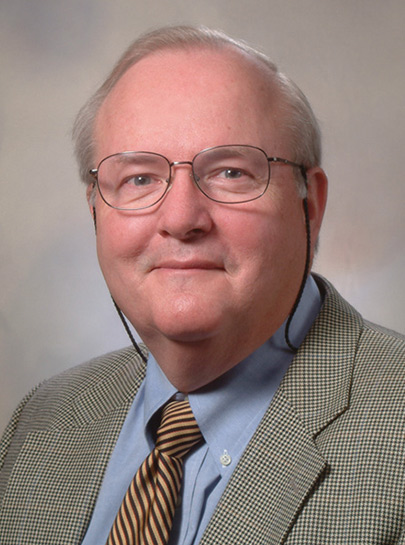 HMG’s nationally recognized vascular medicine specialist, William H. Bestermann, Jr., MD, is featured on WebMD’s Medscape, an open- access, peer-reviewed general medicine journal. Medscape is the premier online publication for medicine and healthcare.
HMG’s nationally recognized vascular medicine specialist, William H. Bestermann, Jr., MD, is featured on WebMD’s Medscape, an open- access, peer-reviewed general medicine journal. Medscape is the premier online publication for medicine and healthcare.
Dr. Bestermann, known as a champion for the “new science of vascular disease,” accepted the WebMD invitation and recorded his webcast video editorial on the floor of the American Heart Association’s annual scientific session, in Orlando, Fla., held in November. His peer journal presentation is titled, “New measurements such as the coronary calcium score can determine risk for heart attack.”
“Dr. Bestermann is a man who is endlessly interested and curious. He puts these traits to constant work as a ravenous consumer of new information,” explains national health care planner and strategist Brian Klepper, PhD, who also serves on the Medscape General Medicine’s editorial board. “Dr. Bestermann then synthesizes and applies his knowledge in the care of his patients in the most thoughtful and humble way.”
According to Dr. Bestermann’s research and findings detailed in his webcast, “The work-up for coronary disease should not be considered complete until a calcium score has been done, especially in women.”
This is due to the fact that many patients at very high risk for coronary events are not identified by history, physical examination, laboratory results, nuclear stress testing, or even cardiac catheterization with angiography.
“Myocardial infarction (heart attack) and sudden cardiac death occur when a vulnerable plaque in a coronary artery ruptures and the inflamed lipid content contacts blood and leads to thrombosis (a blood clot),” explains Dr. Bestermann. “Only 14% of heart attacks are caused by a fixed blockage of 70% or greater.”
According to Dr. Bestermann, this is how seemingly healthy individuals die of sudden cardiac death.
Enter cardiac calcium scoring. This diagnostic test, performed by CT imaging, provides a highly-accurate, visual estimate of the extent of coronary plaque within the arteries and “quantifies the history of ruptured plaque.” Individuals identified to have a history of ruptured plaque are at risk for future plaque ruptures and the resulting thrombotic obstruction.
“Any patient with a coronary calcium score over 100 or greater than the 75th percentile should be considered to have a substantial risk of coronary events and should reduce their risk factors to secondary prevention targets.”
The entirety of Dr. Bestermann’s webcast editorial can be viewed at: http://www.medscape.com/viewarticle/566558.
